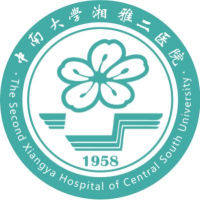Ldb1 is required for Lmo2 oncogene–induced thymocyte self-renewal and T-cell acute lymphoblastic leukemia
2020
期刊
Blood
作者
Liqi Li
· Apratim Mitra
· Kairong Cui
· Bin Zhao
· Seeyoung Choi
· Jan Y. Lee
· Daniel B. Stamos
· Dalal El-Khoury
· Claude Warzecha
· Karl Pfeifer
· Joyce Hardwick
· Keji Zhao
· Bryan Venters
· Utpal P. Davé
· Paul E. Love
下载全文
- 卷 135
- 期 25
- 页码 2252-2265
- American Society of Hematology
- ISSN: 0006-4971
- DOI: 10.1182/blood.2019000794
